What is Ethereum Staking?
The growth of Ethereum has been linked to its position as a blockchain-based, decentralised network that has given rise to innovative concepts. These include smart contracts and decentralised apps (read this – Ethereum pool mining).
Buyers have benefitted from the demand for Ethereum due to the rapid adoption of apps created on its network. Despite its popularity among blockchain developers, crucial network members have been focused on introducing a critical element required for the next stage of development: Ethereum staking.
As a blockchain network, Ethereum is a decentralised open record for verifying and storing transactions.
Ethereum 2.0 is a step forward from the existing blockchain 1.0 version to a new avatar that focuses on increased security, efficiency and scalability.
✅ Yes, Ethereum 2021 is better than Ethereum 1.0 in increasing speed, sustainability and addressing many of the ecosystem’s issues.
✅ Yes, you can stake Ethereum. For the Ethereum ecosystem, staking is a public utility. You may contribute to the network’s security while also earning incentives.
As an incentive for helping to protect the network, you may earn up to 5% APR on every ETH you stake. ETH2 staking incentives are calculated based on how much ETH is authenticating and what incentives the network provides over time.
The Eth2.0 launch date isn’t set yet, as the developers are still working on it. However, few upgrades have been made over the past two years.
Eth2.0 price varies from $2,500 to $4,000 in last 3 months.
One of the most intriguing topics in the crypto world is the future of the crypto Ethereum blockchain, but what is Ethereum staking? The future vision reveals a stunning new approach to increasing speed, sustainability and addressing many of the ecosystem’s issues.
When the Beacon Chain update was deployed in December 2020, it sparked a lot of enthusiasm among its supporters, who had been eagerly waiting for Ethereum 2.0 to arrive.
ETH 2.0, as Ethereum’s next version, promises to be a profitable option for both retail and corporate investors wanting to generate passive income by staking their cryptocurrency as security for network benefits.
 All of these variables have combined to boost the value of Ethereum from less than $100 one year ago to over $2,000 by February 2021; analysts predict the network’s growth to continue despite the current retracement.
All of these variables have combined to boost the value of Ethereum from less than $100 one year ago to over $2,000 by February 2021; analysts predict the network’s growth to continue despite the current retracement.
The Beacon Chain was the initial approach towards the ethereum proof of stake (PoS) ultimate form. It shifted the world’s second-largest cryptocurrency and blockchain ecosystem away from its present Proof-of-Work (PoW) consensus method, which is sluggish, costly and demands high energy. Let us take a look at a detailed explanation of Ethereum staking and how it benefits its investors.
Ethereum Staking Explained
So what is staking Ethereum? Crypto Ethereum is a blockchain platform that has its own money, Ether (ETH), and its own programming language, Solidity. As a blockchain network, Ethereum is a decentralised digital ledger for verifying and storing transactions.
On the network, users may develop, post, monetise and utilise apps, and they can pay with Ether, the network’s money.

Ethereum’s significance stems from the fact that it freed blockchain technology from the financial constraints of Bitcoin and broadened its reach. It demonstrated to the rest of the world how other industries might profit from its use. As a result, Ethereum is a unique, programmable blockchain.
Ethereum also has several difficulties that it would need to address to gain market domination. That’s precisely what Ethereum’s creators want to do with their planned Ethereum updates to the underlying blockchain. Termed Ethereum 2.0, it will be coming soon in various phases.
Ethereum staking allows buyers to earn free ETH incentives from transaction charges simply by staking their current Ethereum coins or via the best Ethereum 2 staking pools.
The process of depositing a minimum of 32 Ether (ETH) in an Ethereum staking account and linking it to the Ethereum network to help enable validator software and protect and preserve the blockchain is known as Ethereum 2.0 staking (read this – Gemini Ethereum staking).
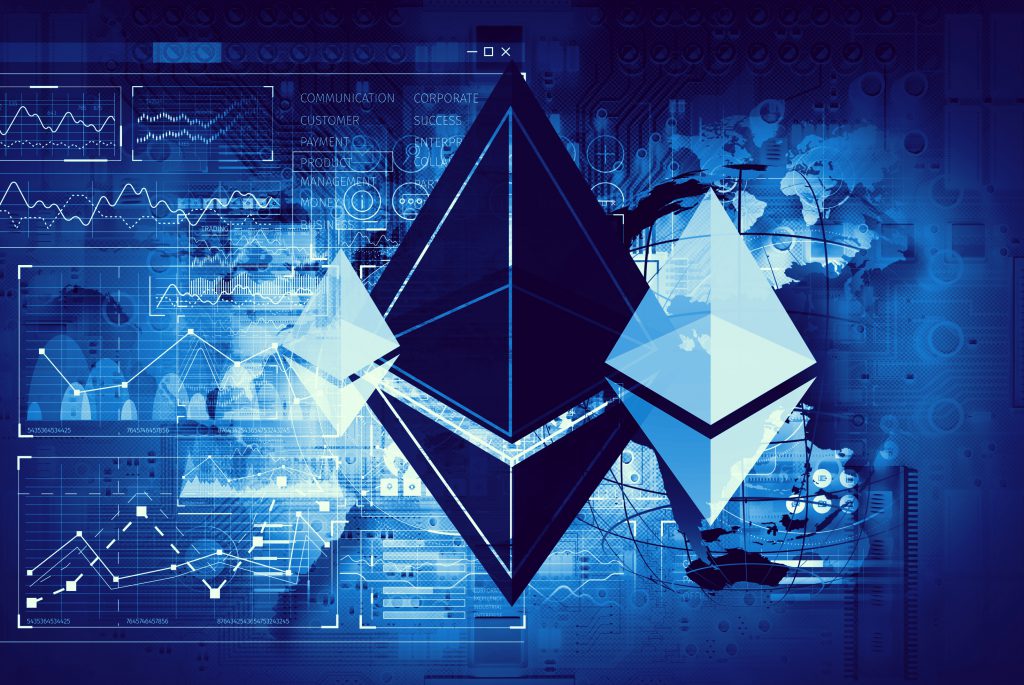
Validators need to maintain data, validate Ethereum transactions and submit new blocks to the Ethereum blockchain, improving its security with its collateralised holdings. Validators are rewarded for their efforts by obtaining new ETH charges.
On the other hand, Validators must retain their invested ETH in an Ethereum wallet linked to the Ethereum blockchain, where it’s secured until the validator decides to abandon his stake.
As Ethereum is a public, open blockchain, any individual or organisation may theoretically become a staker provided they satisfy the necessary conditions; this can include possessing the minimum needed cryptocurrency and network bandwidth.
Proof of Stake Ethereum and Ethereum 2.0 Explained
The Ethereum blockchain network can only process about 15 transactions per second, which is much too slow given the network’s rising demand. This is because, like Bitcoin (read this – best place to stake Bitcoin), the Ethereum blockchain platform currently employs a consensus mechanism known as proof-of-work (‘PoW’).
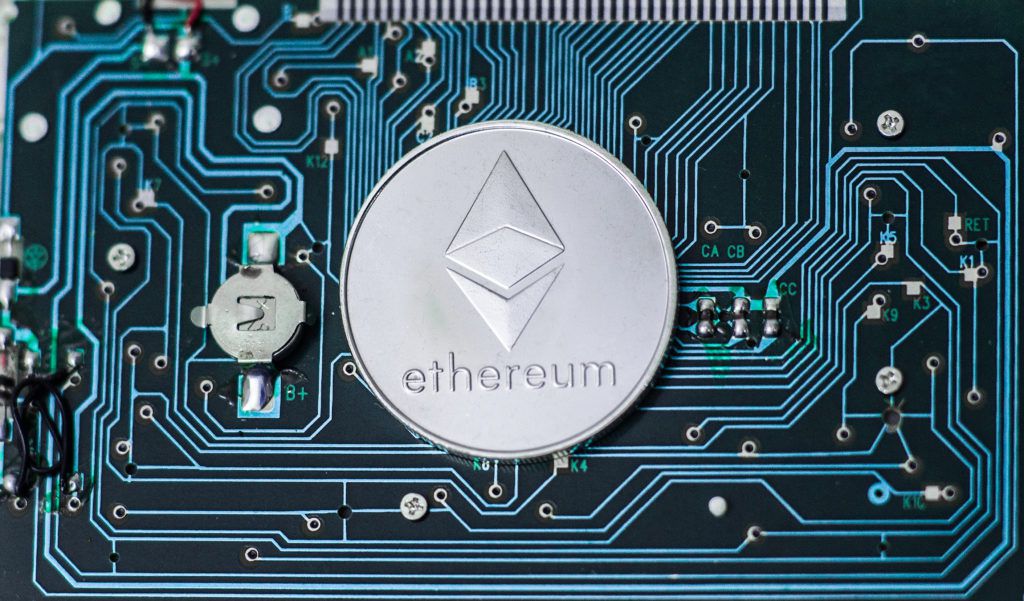
Miners execute pending payments in proof of work blockchains and are rewarded with Ether for doing so. The miner who’s the first to create a legitimate block, which takes a greater level of computing power, gets rewarded in Ether. This is according to the complexity established by the Ethereum network.
Proof of Stake Ethereum Explained
Proof of Stake (‘PoS’), unlike Proof of Work (‘PoW’), doesn’t need a large amount of processing power to protect the network. Choosing between PoS vs PoW isn’t the deciding factor. Ethereum staking is the process of dedicating a certain quantity of Ether to become a network validator.
Validators use a software client to confirm and validate transactions and produce new blocks on the blockchain if they’re chosen.
As these software clients are very light, they can theoretically operate on a smartphone. Any one of us, as long as we have 32 Ether, can join the network via Proof of Stake Ethereum. Even if we don’t have any, you may pool funds and stakes with others.
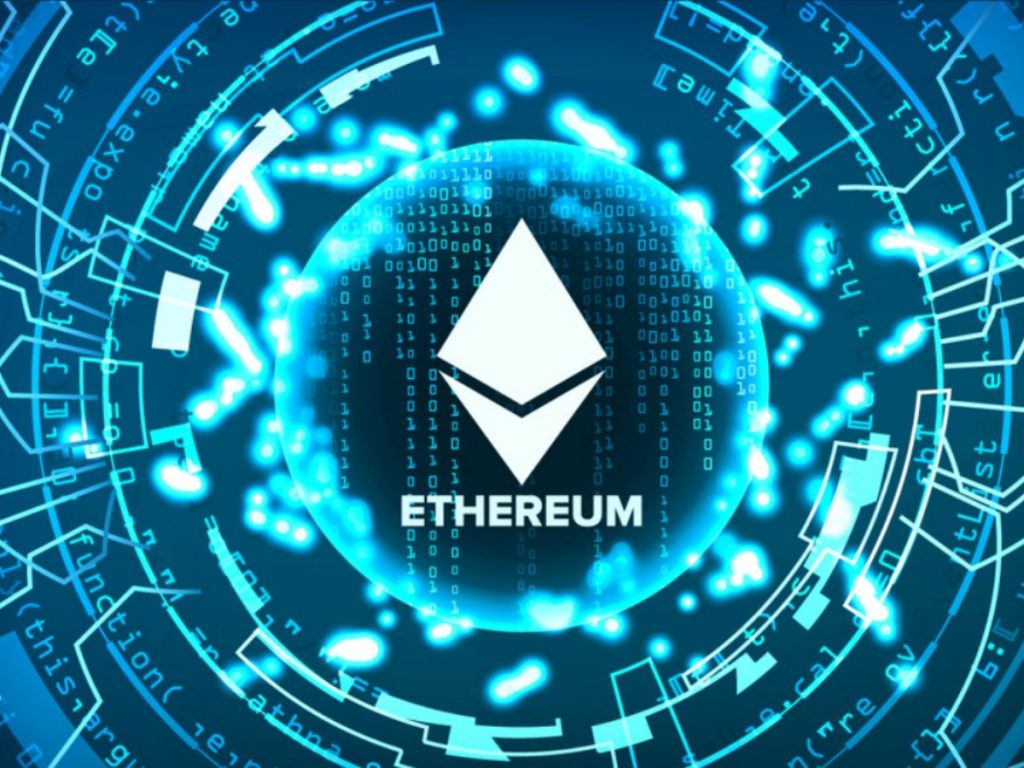
The privacy of PoW is primarily determined by the cost of burning energy that an attacker must suffer, and the validator’s investment determines the security of PoS.
If a validator attempts to manipulate the blockchain by voting incorrectly, a chunk of its stake is cut, perhaps all 32 ETH. Furthermore, validators don’t know when it is their time to vote; they’re chosen at random, making it much more challenging to organise a strike.
To make an assault possible, one would need to operate most of the validator nodes (each priced at 32 ETH). With that much Ether on the line, however, there’s no monetary incentive to attack the network because a successful assault would lower the value of the attacker’s holdings.
One typical example used to compare Ethereum 2.0 to the present PoW system is that in an unsuccessful attack, the attacker would have to burn down their whole mining station, rather than ‘just’ suffering the power expenses as is the case with proof-of-work.
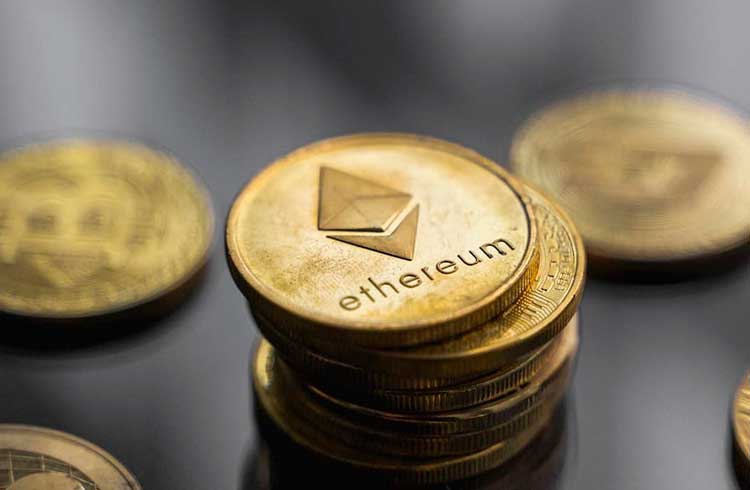
Sharding is another feature proposed by Ethereum 2.0 to decrease node hardware needs. It’s the process of dividing the Ethereum network into several parts known as shards. Each shard essentially represents its separate blockchain, including its state, account balances, smart contracts and other features. The Ethereum main chain, also known as the beacon chain, connects all shards.
The beacon chain serves as the system’s ‘heart’, establishing safe links between the shards and the main chain to ensure that these many blockchains can communicate with one another. This method effectively overcomes scalability concerns by allowing each shard chain to execute transactions in parallel, substantially increasing the system’s overall throughput.
Sharding lowers the amount of data that each node must keep to participate in the validation process. Most nodes store data for their shard, whereas archive nodes keep data for all shards and the main chain.
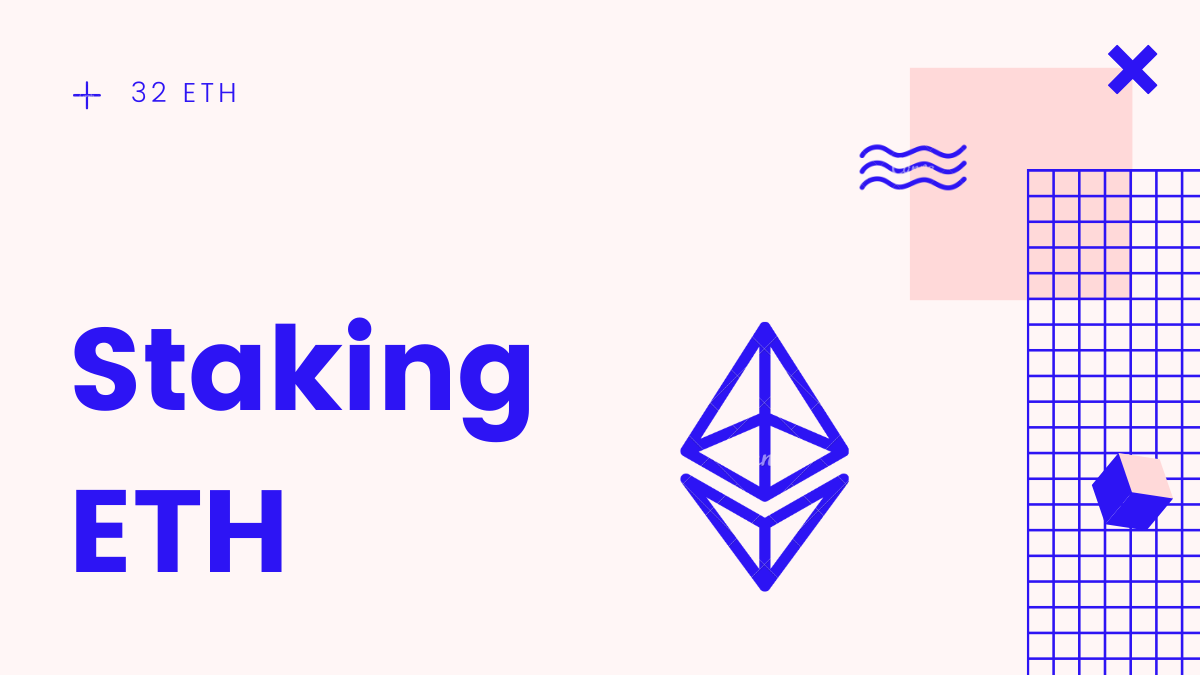
In PoW, protecting the network entails purchasing mining equipment and consuming energy. Inn PoS, Ethereum staking 32 ETH or more and deciding on blocks requires staking 32 ETH or more.
Ethereum Staking has the additional consequence of effectively ‘locking up’ a considerable sum of ETH. When there’s less ETH on the market to purchase, prices tend to climb quicker, even if there’s the same interest in purchasing.
Ethereum 2.0 Improvements
Many decentralised apps and decentralised financial services utilise the Ethereum platform to offer crypto pooling, lending, borrowing, exchanging and trading as a service. The Ethereum blockchain has experienced tremendous adoption by the crypto development community.
However, Ethereum’s scalability is hampered by heavy network congestion, escalating gas fees and sluggish transaction processing. Ethereum 2.0 is offered as a solution to this problem. We’ll look at how Ethereum is preparing to become more adaptable, safe, durable, energy-saving and reliable.

The Ethereum blockchain has been upgraded to Ethereum 2.0, commonly known as Eth2 or ‘Serenity’. This upgrade seeks to improve the Ethereum network’s speed, efficiency and scalability to handle more transactions and alleviate congestion. When the ethereum proof of stake date is finalized, it will be deployed in Phase 0, Phase 1 and Phase 2.
With each upgrade, more of Ethereum and the community will be included. As a client, you have the option of participating in Phase 0 ETH staking or just waiting for Ethereum’s PoW network (or Eth1) to convert into Eth2 fully.
Even if a single client has a consensus problem, the network will remain operational if no client possesses more than one-third of the total validators. Below are some of the essential processes that take place during the up-gradation to Eth2.
Casper
Initially overlaying the new protocol on top of the present protocol, a combination of Casper the Friendly Finality Gadget (FFG) and LMD-GHOST (also known as ‘Gasper’), would allow a seamless transition from the traditional PoW consensus method to PoS. Greedy Heaviest Observed Subtree-Last Message Driven is the abbreviation for the LMD-GHOST fork decision rule.
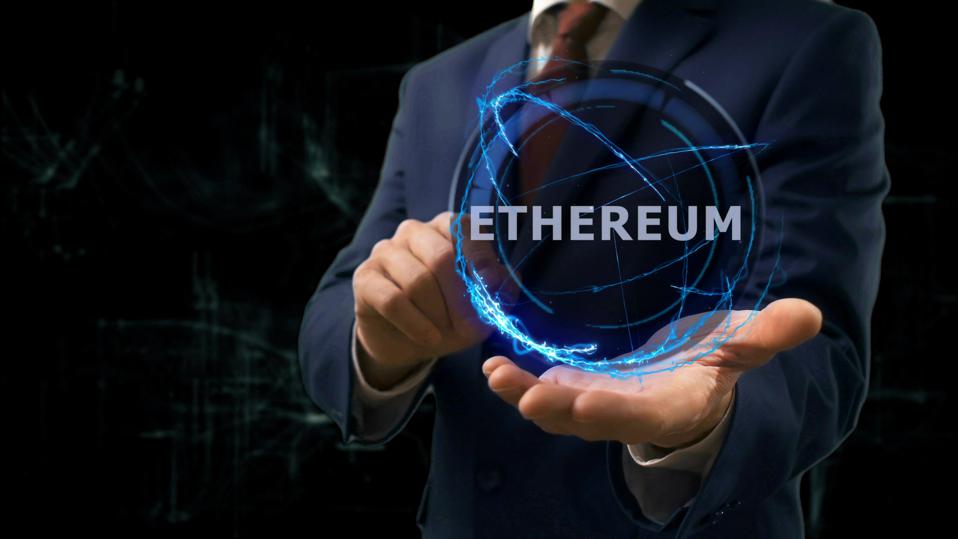
Here are further specifics on how the network will move to complete PoS.
The Beacon chain, which starts in Phase 0 and offers the Casper PoS mechanism, is the first stage to transform PoS and complete Eth2. The Beacon chain, which is the foundation of the PoS network, provides the pace for achieving agreement and is made up of slots and epochs.
The Deposit Agreement will be released on Eth1 after the Ethereum community has reached a sufficient degree of social consensus on the reliability of various clients. The Beacon chain will operate and blocks will be generated after a preset amount of ETH (524,288 ETH) has been transferred.
Sharding
At the moment, each node must validate and execute each transaction, limiting Ethereum’s scalability and efficiency. Sharding is a word that refers to horizontally dividing a database and is a potential solution to the blockchain scalability challenge that will be provided in Phase 1.
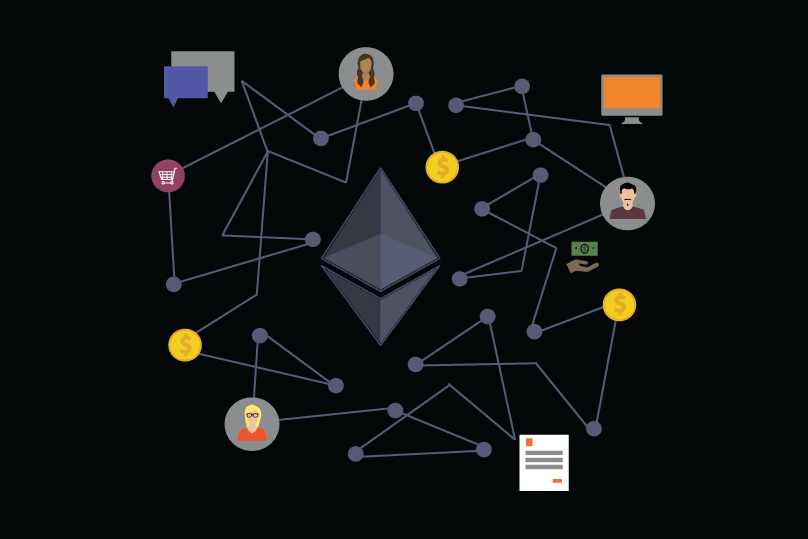
A shard chain is generally processed by a subset of validators who exclusively process and validate transactions in that shard. A sharded Ethereum is projected to execute over 15,000 transactions per second. Sharding will take centre stage in Phase 2 to help Ethereum’s PoS network scale and reveal more about the ethereum PoS date.
Phase 0: The Beacon Chain
Phase 0 of Eth2, which involves testing the Beacon chain, was launched in December 2020. The Beacon chain can’t conduct payments, run smart contracts or perform other functions that are available on the PoW Ethereum chain/Eth1 during Phase 0.
Casper finality will be implemented in the Beacon chain and a random number generator to swap validators and simulate linking in the non-existent shard chains. Eth1 will continue to be upgraded and will work in tandem with the Beacon Chain.
Eth2 is intended to have at least 16,384 validators. In the second half of 2020, validators will be eligible to vote on blocks and receive Ethereum staking rewards on the Beacon chain. Since validators are spread out over various blocks, no hostile entities may plot an assault on the network due to the random shuffling of validators.
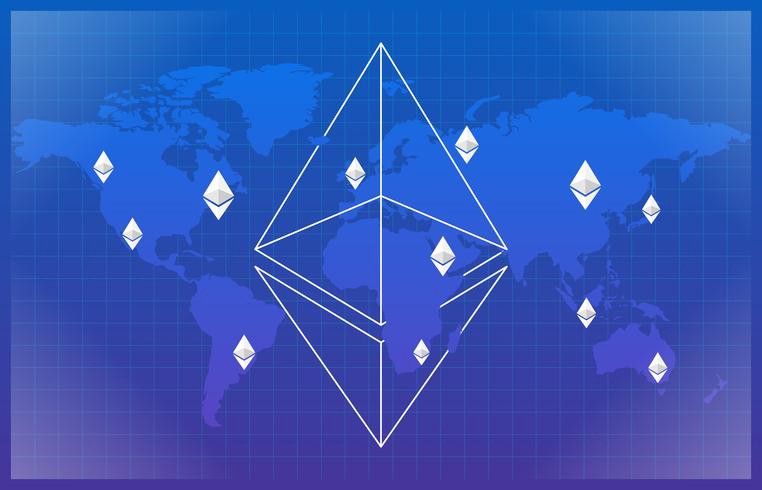
Casper’s first implementation will bring new blocks into the blockchain using Ethereum’s current PoW proposal process. Validators are only paid for betting on one chain if two blocks are presented at the same time. Thus, it makes sense to bet on the initial chain, which is the most likely to succeed.
More significantly, Casper offers a mechanism that will immediately seize any validator’s entire stake if they attempt to maintain an erroneous chain by verifying many blocks at once. A validator’s 32 staked ETH will be cut if they maliciously seek to undermine the network (for example, validating false data history).
Connecting Eth1 to Eth2
A new Ether token for the Beacon Chain (BETH), tied to ETH, is generated to participate in Phase 0. In Phase 0, BETH is produced via a one-way transaction (from Eth1 to Eth2) and can’t be restored to the previous chain. In Phase 2, BETH will be usable on shard chains (for smart contracts).
The user gets credited with an equivalent amount on the Beacon chain after ETH is deposited into the Bridge contract. Members will invest as little as 1 ETH, but at least 32 ETH will be required to join the validator pool.
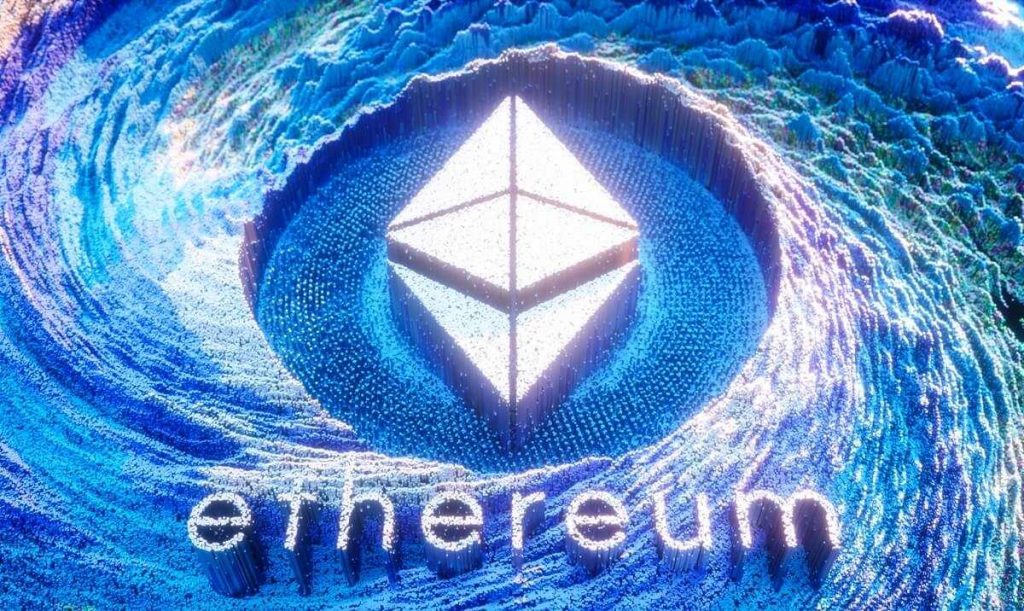
A one-way road favours security and simplicity, including lock-up risk and the possibility of futures markets for the distinct Eth1 protocol. The manner of the Beacon chain will evaluate those users’ deposits (after a delay to prevent ‘double spends’) and make their validators.
Validators can then verify blocks on the Beacon blockchain and receive incentives by issuing new tokens (at least until transactions are allowed).
To guarantee adequate decentralisation and security, a minimum of 524,288 ETH must be staked among 16,384 validators before Phase 0. Until this criterion is met, no incentives will be given out.

Phase 1: Shard Chains
Around a year after the Beacon chain’s inception, Phase 1 will go online (Phase 0). During this phase, the Ethereum cryptocurrency is sharded into 64 interconnected shard chains that work in parallel.
By allowing Ethereum to handle many transactions simultaneously, sharding improves scalability (theoretically, 64 blocks at a time). Only blockchain data will be sharded initially, with execution and state changes being sharded only in Phase 2. Users may pick from several various sorts of nodes to run, including:
- The complete data of the Beacon chain and every shard block referenced in the Beacon chain are downloaded by super-full nodes.
- Single-shard nodes serve as top-level networks, but they additionally download and verify every tabulation on a single shard that they are particularly interested in.

Since the data collected accessible to the system is anticipated to be in the 1–4 MB/s range, shard data chains might be helpful for programs that require a high availability data store. To create blocks with 64 crosslinks, the Beacon chain will require at least 262,144 validators (equal to approximately 8 million ETH pledged). Each of the Shards 0–64 below may be viewed as a separate blockchain that interacts with one another.
The shards have been mapped to the numerous validator committees per slot from Phase 0. Each shard has its stake voting committee, which rotates across proposer committees.
In an identical fashion to the Beacon chain, one committee member is assigned to create a block in a specific time slot, while the other panel members vote on every idea. A crosslink is a linkage to a shard block in a beacon block that allows the Beacon chain to follow the shard chain’s head.
The fundamental function of crosslinks is to allow votes in shard chain block committees to be considered as votes on the main Beacon chain and justify and complete shard chain blocks. If there were no proposed blocks for 63 shards, a beacon block might only have one crosslink. A committee’s validators will attempt to crosslink a specific shard.

In Phase 1, validators are assigned to either the Beacon chain or a specific shard at random. When fewer than 8.4 million ETH are staked, there aren’t good validators to completely handle all shards, which means the shards may slow down.
The Ethereum shards will skip over the present Ethereum Virtual Machine (EVM) and instead use eWASM. Each shard will have an eWASM-based virtual computer, which is the Ethereum Virtual Machine of today.
An eWASM, or Ethereum-flavored WebAssembly, is a smart contract execution engine that will significantly increase the number of transactions that can be processed and then appended to a block, further improving transaction throughput.
Phase 2: Shard Chain Execution
There’s no set start date for this phase, although it is expected to begin in 2022. Both PoS and Sharding have been successfully deployed in Phase 2, allowing ether accounts, payments, transfers and withdrawals, as well as smart contract implementation on Eth2.

ETH holders will be able to use tokens on Eth2 without going through any token transfers or swaps. The history of the original PoW chain/Eth1 will be preserved, but the PoW consensus method will no longer be required.
So that there’s no breach inconsistency or data record, the Eth1 blockchain will be integrated into Eth2 and reside as one of the 64 shard chains alongside the Beacon Chain. Connectionless users are a study topic in Eth2 that have a lot of importance in Phase 2.
Stateless clients allow shard nodes to avoid keeping track of their state. The idea of the state is present at the application layer but not at the consensus layer, implying that nodes only ‘plug in’ to the Execution Environments that they need to be aware of. The Merkle root hash produced from the data is kept instead of the complete state in each shard block.

Nodes don’t need to have an extensive database of the present active storage. Instead, they can utilise every transaction’s witness data as a database and offer Merkle branches the state values that a specific transaction needs to access.
The new stateless paradigm makes the present Phase 0 and Phase 1 implementations significantly more efficient. There’s also no necessity for committees to be shuffled separately. It increases security since the shard chain’s shuffling period is shorter.
How To Stake Ethereum
Since the transition to Ethereum 2.0 has already begun, all of these Ethereum staking revenue flows will be available to regular individuals.

Staking may be done in various ways depending on how active you want to be in the process, but ETH 2.0 was explicitly intended to make ETH staking accessible to everyone.
Self-Hosted Validator Node
Setting up your validator node is simple, and the hardware you’ll need is prevalent and affordable. There are, however, uptime restrictions, which means your node can’t be unavailable for lengthy periods and must be regularly maintained.
When staking alone, keep in mind that your deposit will be locked for 1-2 years until Ethereum 2.0’s Phase 2 development cycle is complete, at which point the network will be fully functioning. Previously, you wouldn’t be able to transmit ETH to other accounts on the ETH 2.0 network, essentially locking them.
Making Use of a Non-Custodial Ethereum Staking Service
You may utilise services that host the node for you if you don’t want to deal with it yourself, but you retain control over the cash. You keep your private key, which is required to withdraw the cash, but you benefit from a simplified Eth2 validator setup and administration.
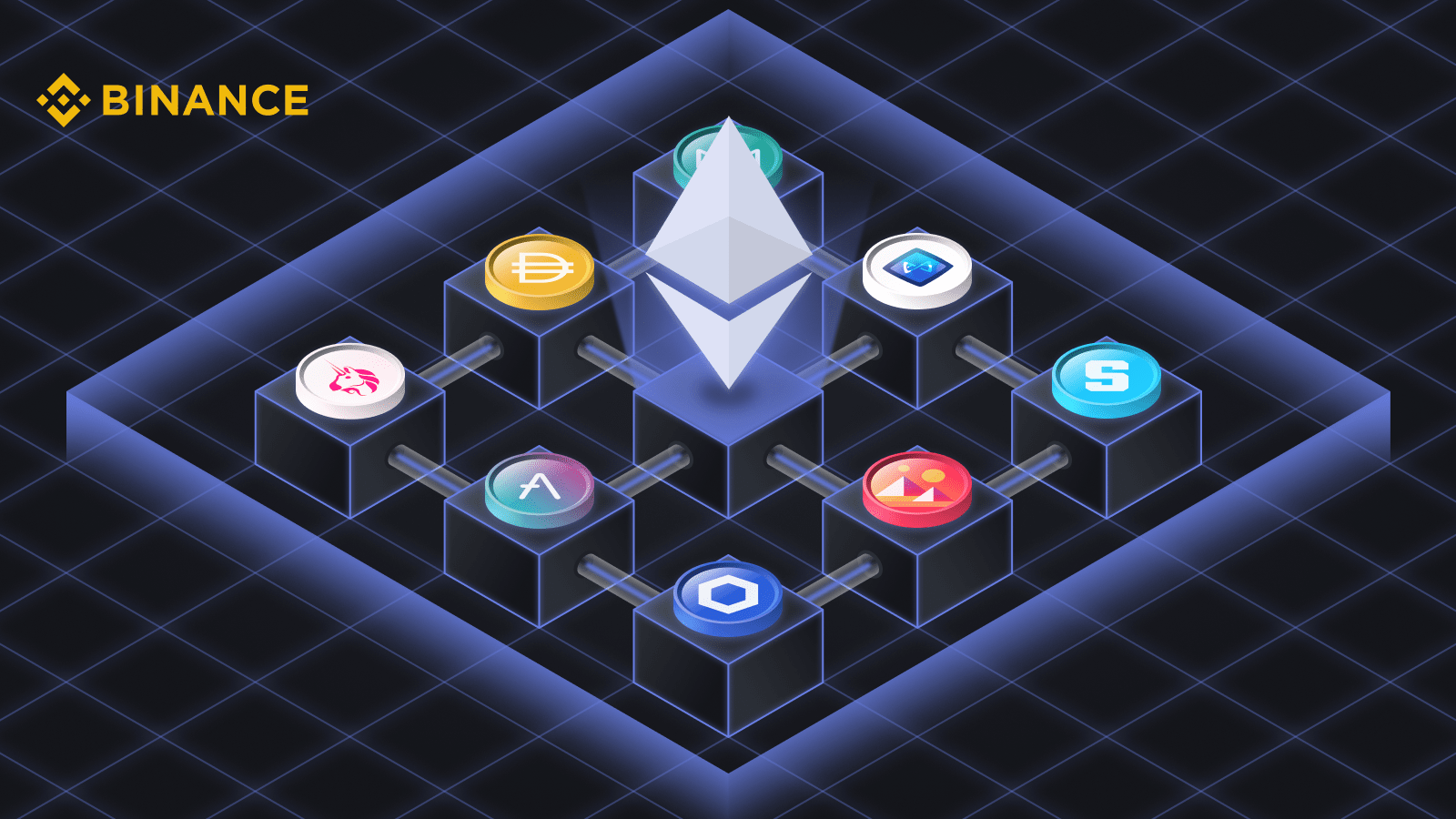
In most cases, these services need you to download the provider’s essential management software on your device, where your private validator key is produced and kept (encrypted). This app then connects with the provider’s node infrastructure to host your node.
When your node requires to verify a transaction, it uses the essential management software on your smartphone to obtain the needed signature.
Using a Staking Service for Custodial Purposes
Users’ private keys are held in ‘custody’ by custodial staking services. The user has no notion what’s going on below the hood. The method is designed to be as simple as possible, requiring only a deposit of ETH to begin earning rewards.
Cryptocurrency exchanges are the most common providers of this service. Stakes or Rocketpool, for example, are pure-staking-oriented companies that provide more services than exchanges’ vanilla staking offerings.
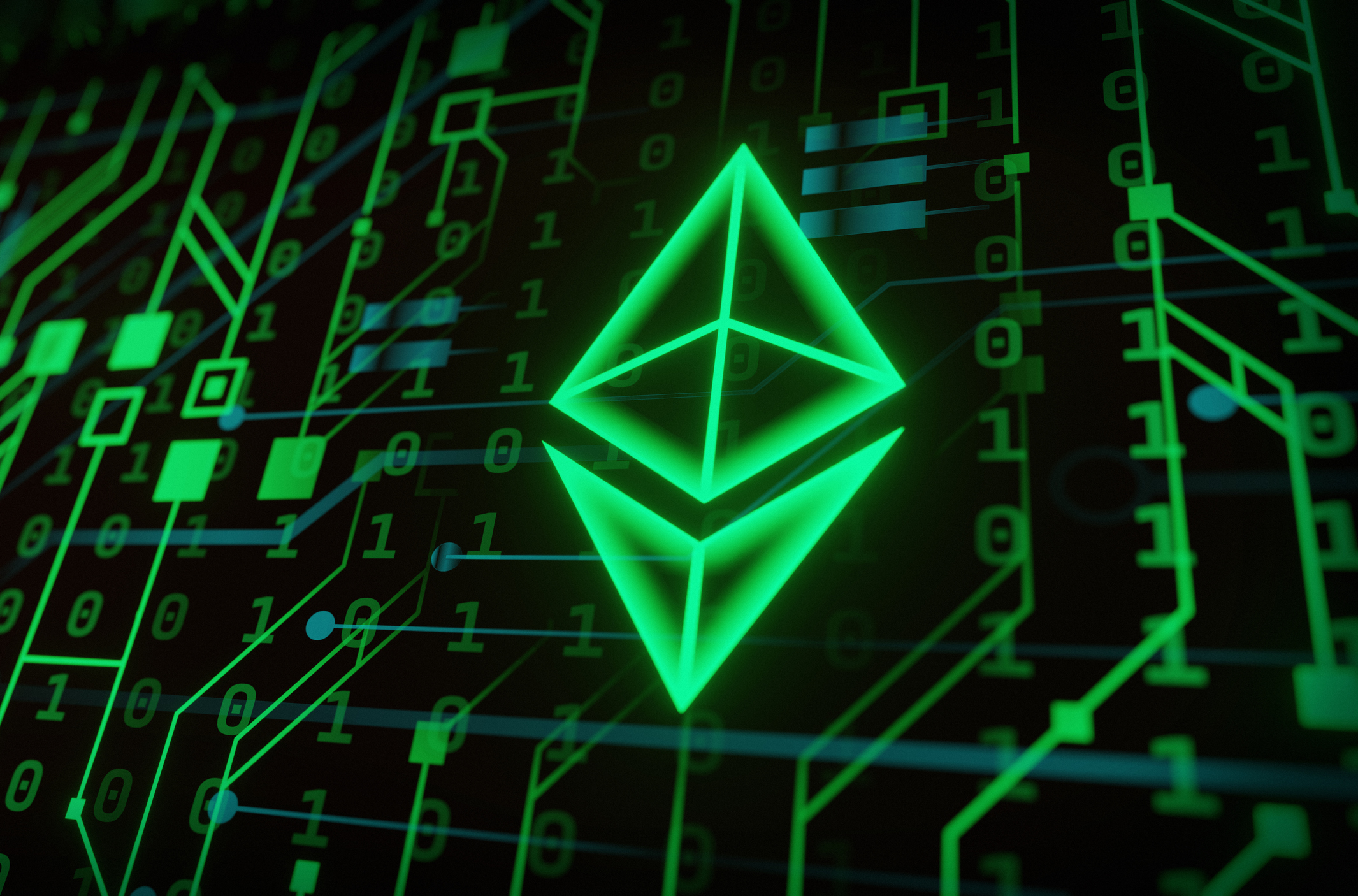
This token may then be utilised as protection for a loan in Aave or Compound using Defi services. Eth2 staking also lets you sell your stake on the market before Phase 2 begins.
The danger of a hack is a disadvantage of custodial staking. A hacker can get access to the PoS Ethereum staking provider’s servers and extract user cash, similar to when you hold assets on a crypto exchange.
To reduce this risk, most custodial providers divide the private keys into pieces and distribute them to several parties, similar to how multi-sig works.
Where To Stake ETH
Many users are still confused about what they need to run their validator or utilise a third-party validator. Aside from the 32 ETH necessary to stake, cloud hosting expenses for a validator as described are $837 per year.
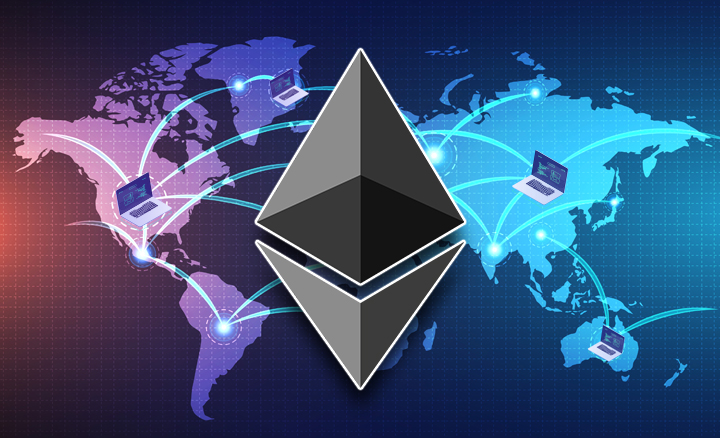
Setting up your validator isn’t something you can do and then forget about. It necessitates a two-year commitment to keep the server up and operating. However, as stated below, other parties are building services to make Ethereum staking easier.
3rd Party Validators
One of the first companies to launch an ETH2 staking coinbase service was RocketPool. They call themselves a ‘Decentralised ETH PoS Network’, They use smart contracts to keep the top proof of stake coins safe.
There was a lot of excitement surrounding this announcement, but the ethereum 2.0 release date and other crucial information such as fees are still unknown as of the beginning of December.
STKR was launched on December 1 by ANKR. This service allows users to stake with less than 32 ETH (min 0.5 ETH). Their design divides the job between financial institutions, gadget providers, maintainers and ANKR stakers.

Coinbase has said that ‘trading between ETH2, ETH, and all other supported currencies will also be enabled in early 2021, providing liquidity for our consumers’. Secondary markets may address concerns about the lock-up time for synthetic tokens like ETH or ETH2.
Given the intrinsic collateral risk associated with Ethereum staking, it will be fascinating to observe how liquid these markets develop compared to other tokens. ConsenSys is offering the Codefi Staking API (staking ‘as a service’).
Binance, Crypto.com, DARMA Capital, Huobi Wallet, Matrixport and Trustology are the first to participate in the experiment. If they haven’t already, we may anticipate these businesses to develop ETH2 staking products.
ETH2 Staking Rewards
The Benefits of Ethereum 2 Staking
Ethereum staking improves the network’s security and efficiency while simultaneously providing investors and long-term crypto holders a new way to collect significant interest on idle Ether. When users invest 32 ETH, they may expect to earn 5-18% annual income on their investment. This incentive system makes staking a very appealing proposition.

The Stake Is Awarded to the Early Bird
The more active validators in the network, the lower the average payout for each validator. This is analogous to fixed-income instruments in that the lower the interest rate, the greater the demand. Players who start staking early will benefit from better interest rates. Using an online eth2.0 staking rewards calculator, anyone can determine how much interest they may make by staking.
The Risk Is Worth for ETH2.0 staking
It’s essential to note that staking and operating a validator are both risky endeavours. On the Beacon Chain, security and punishment measures are in place to keep actors from carrying out destructive actions.
Such activities might include malicious attacks, which could result in cutting or extended periods spent offline. Validators may suffer staked ETH deductions if they aren’t attesting and proposing blocks frequently when called upon; however, this is a far less severe punishment.
